Reptiles make fascinating and rewarding pets, but many owners mistakenly believe these animals require little stimulation beyond basic care needs. Contrary to this misconception, reptiles benefit tremendously from environmental enrichment and regular activity. Just like mammals, reptiles can experience stress, boredom, and even depression when confined to unstimulating enclosures. Providing proper mental and physical stimulation not only improves your reptile’s quality of life but can also prevent behavioral problems, strengthen your bond, and even extend their lifespan. In this comprehensive guide, we’ll explore the best strategies for keeping your scaly friend active, engaged, and thriving in captivity.
Understanding Your Reptile’s Natural Behaviors
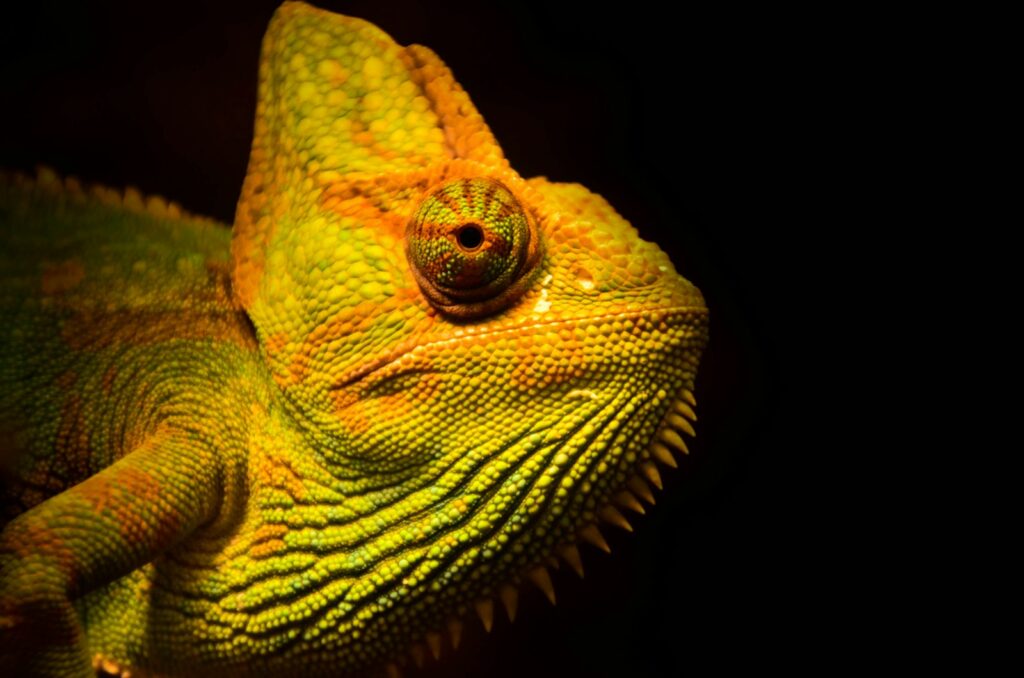
Before implementing enrichment activities, it’s essential to understand your specific reptile’s natural behaviors and instincts. Desert-dwelling species like bearded dragons have different activity needs than arboreal species like chameleons or aquatic turtles. Research your pet’s natural habitat, daily rhythms, hunting strategies, and social structures in the wild. This knowledge forms the foundation for creating appropriate and effective enrichment that aligns with your reptile’s evolutionary adaptations. For example, burrowing species will appreciate substrate they can dig in, while climbing species need vertical space and branches to explore. Tailoring your approach to your specific reptile’s natural tendencies will yield the best results for their physical and psychological well-being.
Creating a Habitat That Encourages Movement
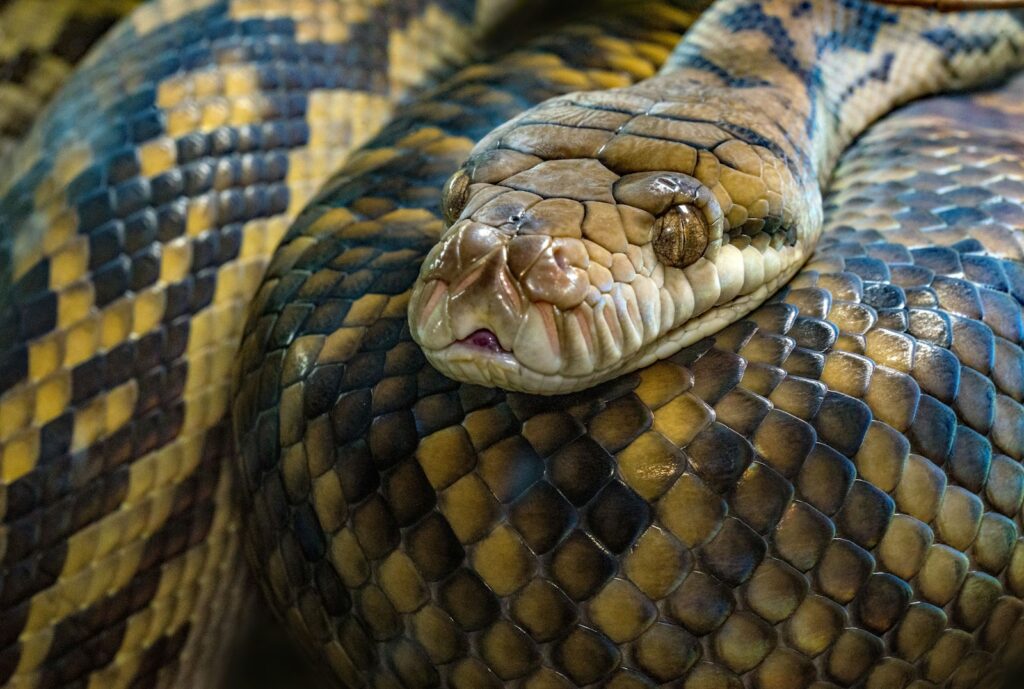
The most fundamental way to promote activity is to design an enclosure that encourages natural movement patterns. Always provide the largest habitat your space and budget allow, ideally exceeding minimum size recommendations for your specific species. Include various levels, platforms, branches, rocks, and hides that create a three-dimensional environment for exploration. For climbing species, install secure branches at different angles and heights to promote muscle development and natural behaviors. Substrate choice is equally important – provide appropriate materials and depth for species that enjoy digging or burrowing. Remember that the layout should incorporate temperature gradients and basking spots that motivate your reptile to move between areas throughout the day as they thermoregulate.
The Power of Environmental Enrichment
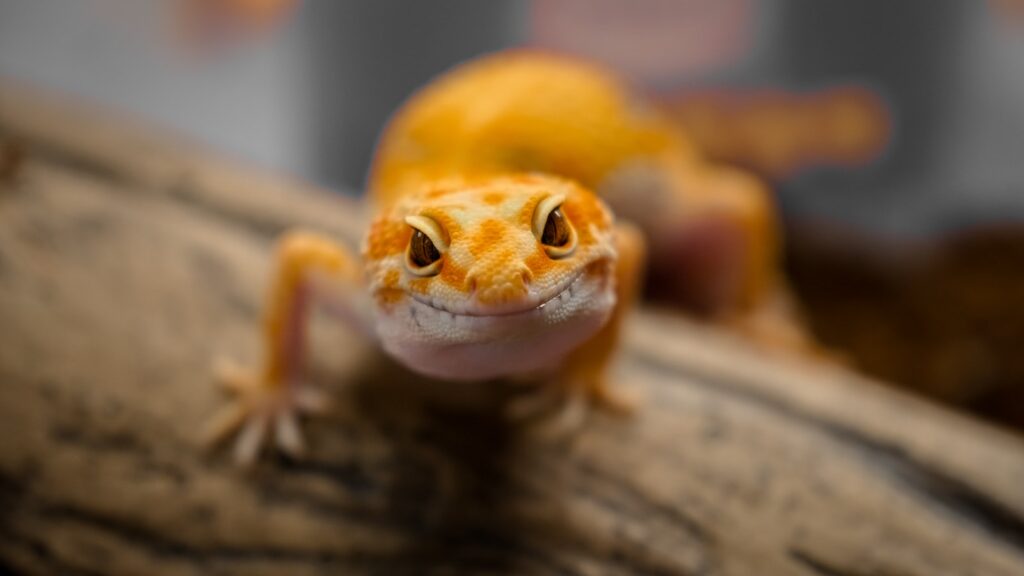
Environmental enrichment involves regularly changing elements in your reptile’s habitat to prevent habituation and stimulate exploratory behaviors. This doesn’t require purchasing expensive accessories – simply rearranging existing decor, rotating hiding spots, or introducing new textures can make a significant difference. Consider adding sensory enrichment like different substrates, safe plants, or textured climbing surfaces that provide tactile stimulation. For many reptiles, live plants offer both environmental enrichment and functional benefits like humidity regulation and natural cover. Seasonal adjustments to mimic natural cycles can also trigger healthy activity patterns and natural behaviors. Even small changes to the environment can spark curiosity and investigation, keeping your reptile’s mind and body engaged.
Feeding Strategies That Promote Activity
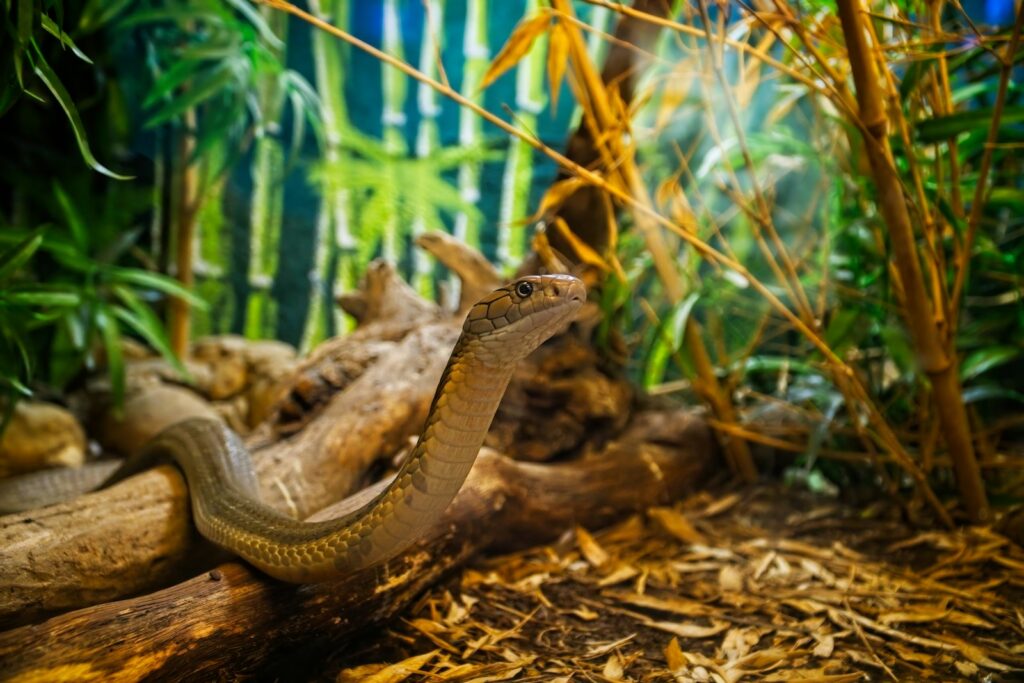
Feeding time presents an excellent opportunity to engage your reptile’s natural hunting instincts and promote physical activity. Rather than simply placing food in a dish, try hiding food items throughout the enclosure to encourage foraging behaviors. For insectivorous species, allowing live prey items to move freely (under supervision) stimulates chase responses and engages natural hunting behaviors. Puzzle feeders and feeding tools designed specifically for reptiles can challenge your pet mentally while providing physical exercise. For herbivorous reptiles, hanging leafy greens from the top of the enclosure or scattering small pieces of vegetables in different locations can encourage movement and exploration. These feeding enrichment strategies not only provide exercise but also mental stimulation that closely mimics how your reptile would obtain food in the wild.
Safe Handling and Interaction Techniques
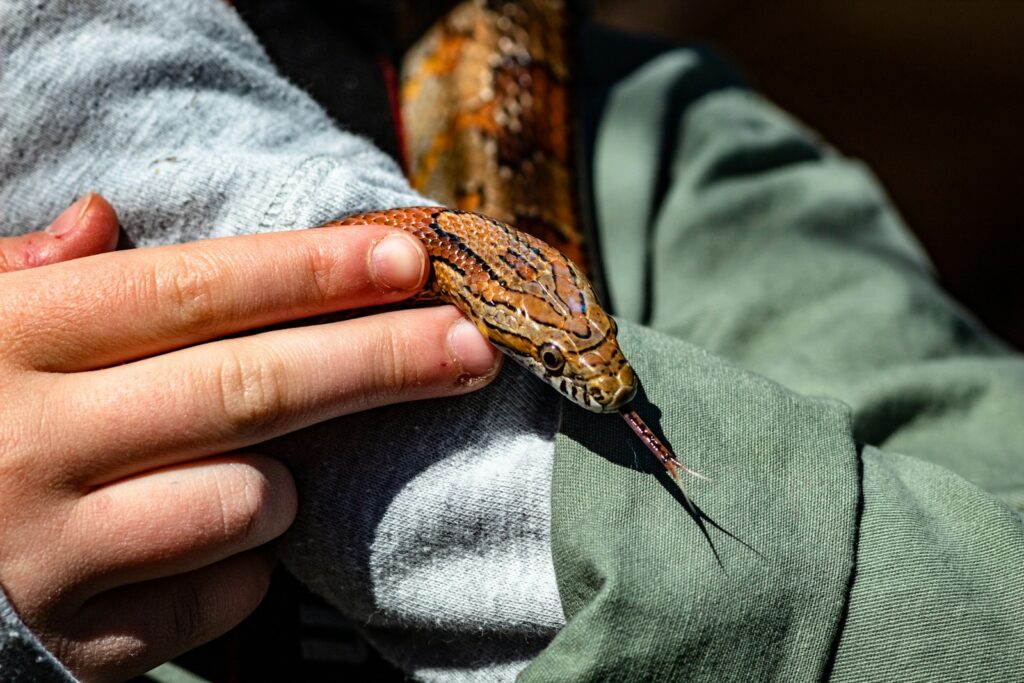
Regular, gentle handling can be beneficial for many captive reptiles when done properly and with respect for the individual animal’s temperament. Begin handling sessions slowly, keeping them brief and stress-free, gradually increasing duration as your reptile becomes more comfortable. Pay close attention to body language that indicates stress or discomfort, such as rapid breathing, attempting to escape, or defensive postures. When handling, provide opportunities for controlled exploration in safe, reptile-proofed areas outside the enclosure. For some species, specially designed reptile harnesses allow for safe outdoor time with proper temperature monitoring and protection from predators. Remember that handling preferences vary significantly between species and individuals – some reptiles may never enjoy extensive handling, while others actively seek interaction with their owners.
Water Activities for Aquatic and Semi-Aquatic Species

Aquatic and semi-aquatic reptiles require special consideration for activity and enrichment centered around water features. For turtles, creating varied swimming depths, underwater obstacles, and floating items encourages natural swimming behaviors and exploration. Adding a gentle current with a filtered pump system can provide resistance training that strengthens muscles and prevents obesity. Semi-aquatic species benefit from land-to-water transitions that require climbing, swimming, and navigation skills. Regular water changes and temperature variations stimulate activity and natural behaviors associated with seasonal changes. Even predominantly terrestrial species that enjoy occasional soaking, such as certain lizards and snakes, can benefit from temporary access to appropriate shallow water features that encourage movement and provide sensory enrichment.
Target Training and Basic Reptile Training
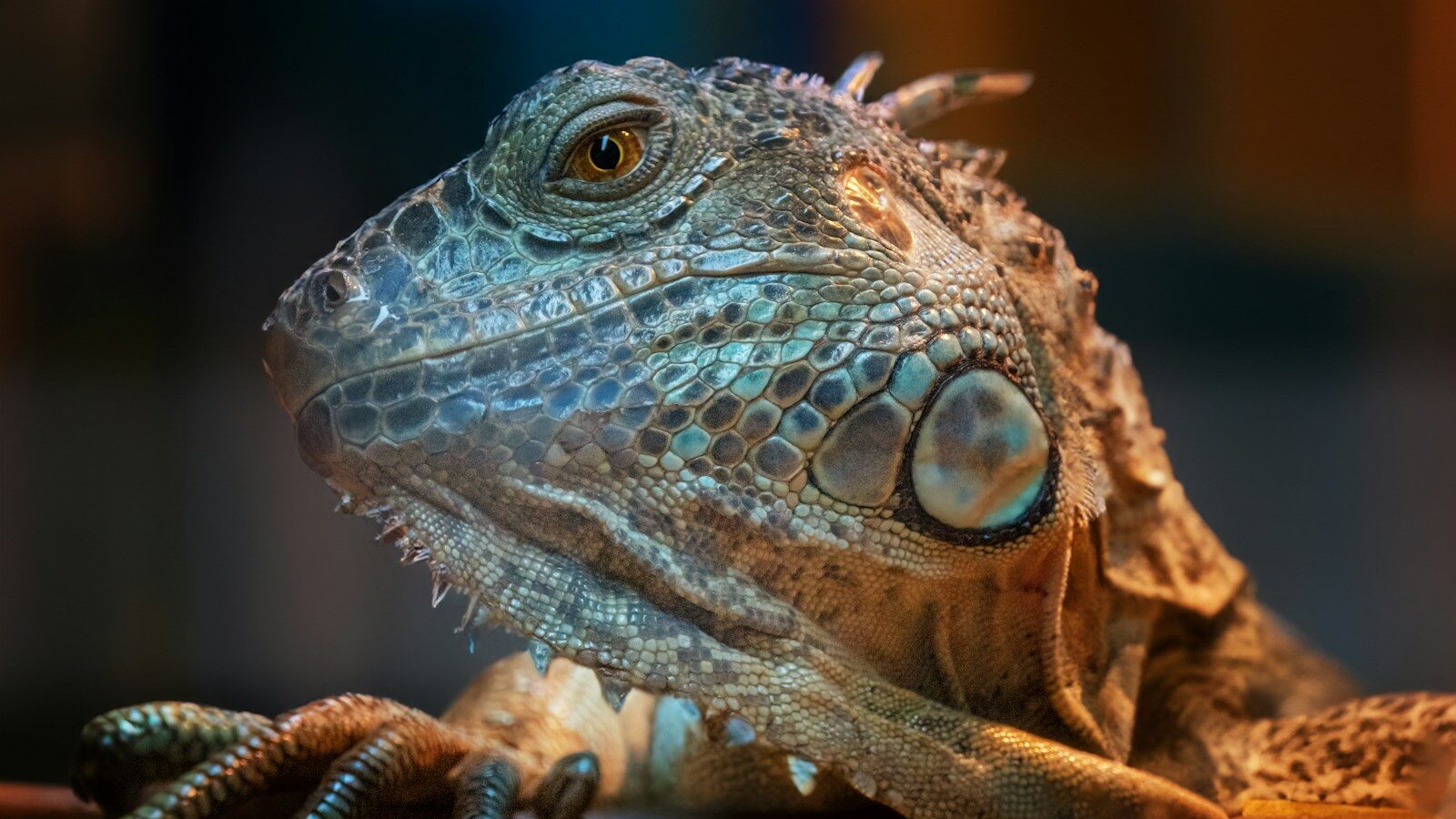
Many reptile owners are surprised to learn that various species can be trained using positive reinforcement techniques. Target training, where the reptile learns to touch or follow a specific object for a reward, is particularly effective for encouraging voluntary movement. This training not only provides physical exercise but also mental stimulation and can facilitate easier health checks and handling. Start with simple behaviors that build on natural movements your reptile already performs, rewarding with appropriate food items or gentle positive interaction. Some reptiles can learn to follow targets, come when called, or navigate simple mazes with consistent, patient training. These activities strengthen the bond between you and your reptile while providing meaningful cognitive challenges that combat boredom.
Social Enrichment Considerations

While many reptile species are naturally solitary, social enrichment can still play an important role in their activity levels and overall well-being. For social species that can be safely housed together (after proper research and preparation), interaction with conspecifics provides natural behavioral stimulation. For solitary species, your presence and interaction can serve as valuable social enrichment when approached appropriately. Simply spending time near their enclosure, talking softly, or offering supervised exploration time can provide meaningful engagement. Visual barriers that can be occasionally removed to allow safe viewing of other animals or environments can also provide stimulation. Remember that forcing unwanted social interaction can be extremely stressful, so always respect your individual reptile’s preferences and comfort levels.
Seasonal and Photoperiod Adjustments
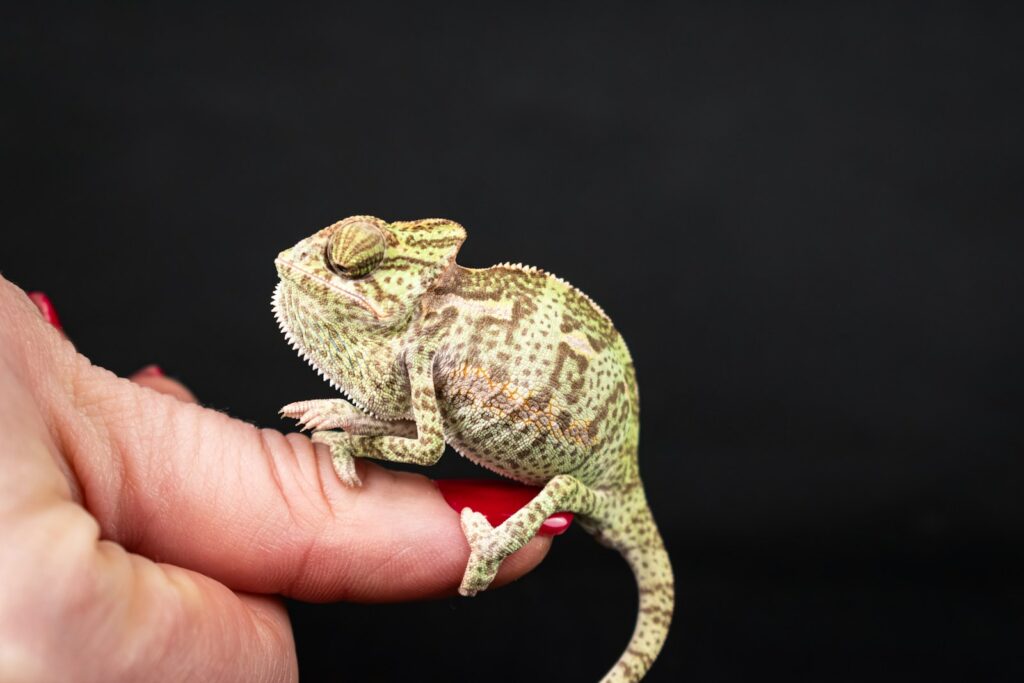
Many reptiles respond strongly to seasonal changes in their natural habitats, and mimicking these cycles can stimulate healthy activity patterns and natural behaviors. Gradually adjusting the lighting duration to reflect seasonal photoperiod signals your reptile’s body to adjust its activity levels appropriately. Temperature variations that safely mimic seasonal shifts can trigger natural behaviors like increased feeding before cooler periods or breeding behaviors during appropriate seasons. For species that naturally brumate (a reptile form of hibernation), proper preparation and guidance from a reptile veterinarian can allow for this natural cycle that often results in increased activity and vitality afterward. These environmental adjustments help maintain your reptile’s natural biological rhythms and prevent the physiological stress of constant, unchanging conditions.
Toys and Activity Items for Reptiles
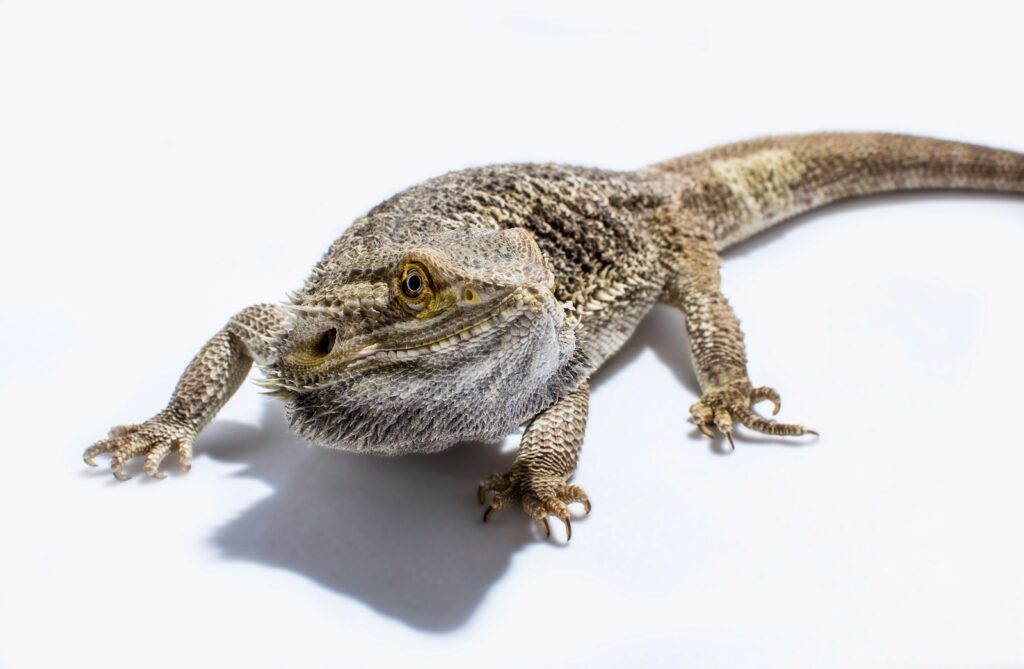
While not as common as dog or cat toys, there are numerous safe items that can serve as enrichment toys for reptiles. Commercially available reptile toys include climbing structures, floating objects for aquatic species, and puzzle feeders that dispense treats or insects. Many household items can also be repurposed as reptile toys after thorough cleaning and safety checks – items like PVC tubes, untreated wooden blocks, or paper bags can provide novel exploration opportunities. For many lizards, safely secured lightweight balls or movable objects can trigger investigation and interaction. When introducing any toy, always supervise initial interactions and immediately remove anything that causes stress or could pose an ingestion hazard. Rotating toys regularly keeps the environment novel and maintains your reptile’s interest over time.
Monitoring Activity Levels and Health
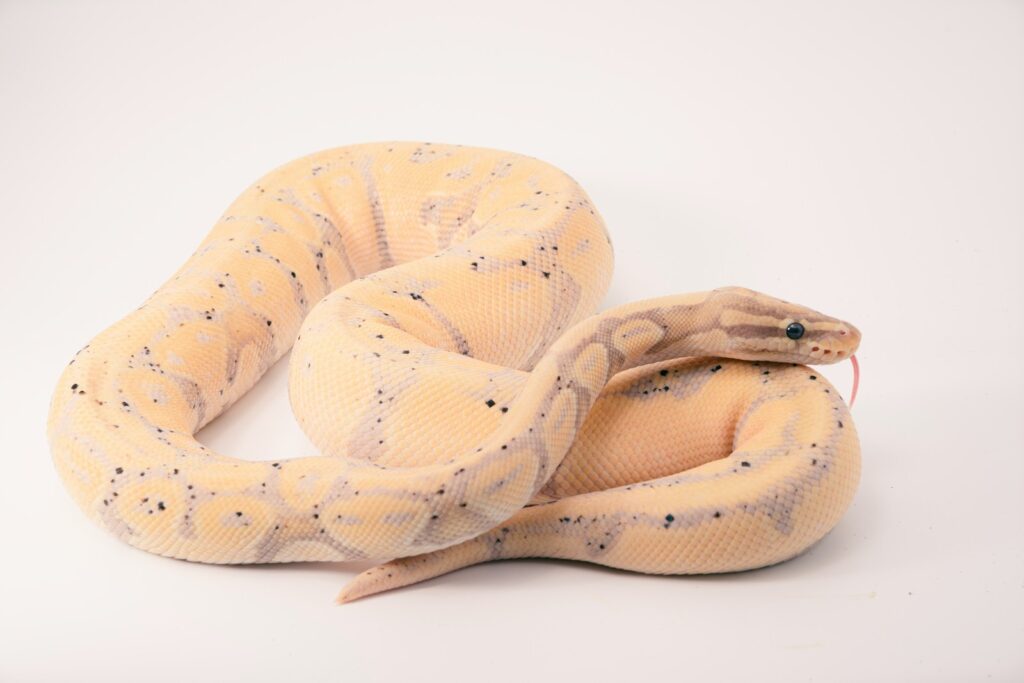
Regular observation of your reptile’s activity patterns is essential for adjusting enrichment strategies and monitoring health. Keep a simple log of activity levels, feeding response, and interactions with enrichment items to establish a baseline for your individual pet. Sudden changes in activity level can be early indicators of health issues that require veterinary attention. Weight monitoring is also important, as appropriate activity levels help maintain healthy weight and prevent obesity-related health problems common in captive reptiles. Use activity monitoring as an opportunity to assess your enrichment strategies, noting which items or activities generate the most positive engagement. This ongoing assessment allows you to continually refine your approach based on your specific reptile’s preferences and needs.
Balancing Activity with Rest and Security
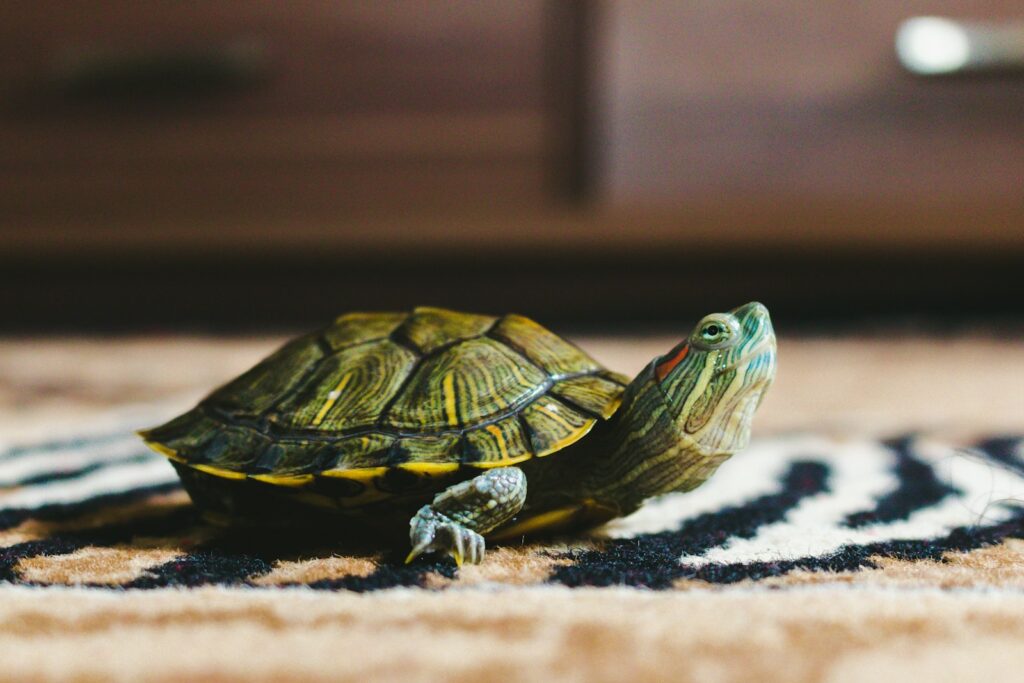
While encouraging activity is important, equally crucial is ensuring your reptile has adequate opportunities for rest and security. Most reptiles need access to multiple hiding spots where they can retreat when feeling vulnerable or when their natural cycles call for periods of inactivity. These security features should be available at different temperature zones within the enclosure to allow comfortable rest at preferred temperatures. Some species have natural periods of inactivity that should be respected rather than constantly stimulated. The goal of enrichment is to provide opportunities for natural behaviors, not to force constant activity that may be stressful or unnatural. Finding the right balance between stimulation and security is key to your reptile’s overall well-being and requires attention to their individual response to enrichment efforts.
Consulting Professionals for Species-Specific Guidance
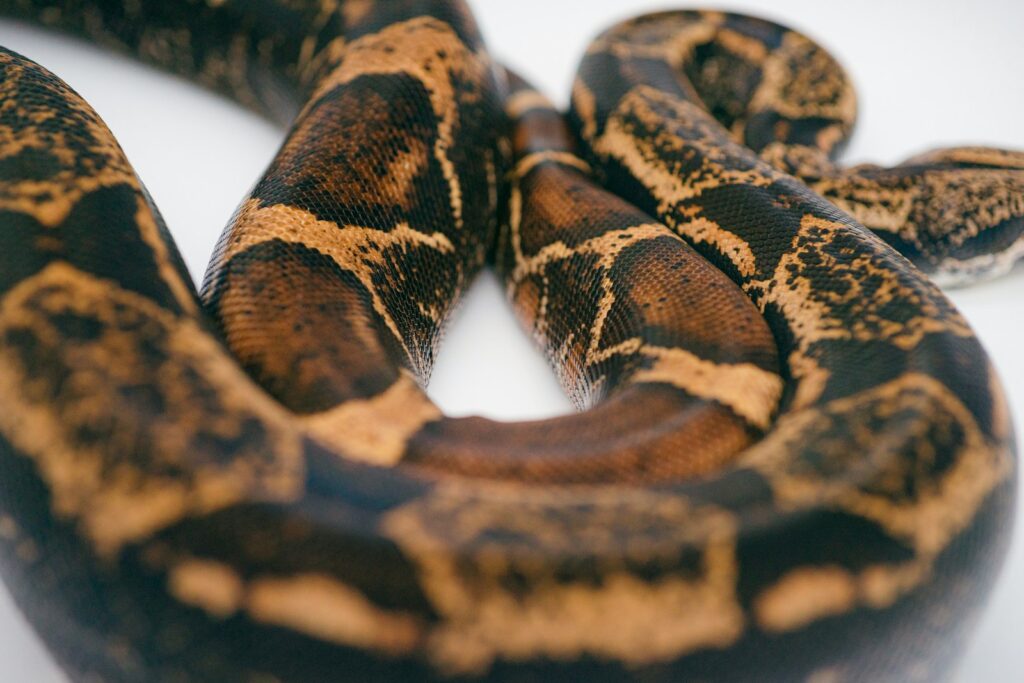
While general enrichment principles apply broadly, each reptile species has unique needs that may require specialized knowledge. Establish a relationship with a veterinarian experienced in reptile care who can provide personalized recommendations based on your pet’s species, age, health status, and individual temperament. Herpetological societies, reptile rescue organizations, and professional breeders can offer valuable species-specific advice on activity needs and appropriate enrichment. Online communities dedicated to your specific species often share creative enrichment ideas and experiences, though always verify information through reliable sources. Scientific literature and herpetological journals continue to advance our understanding of reptile cognition and enrichment needs, making ongoing education important for providing the best possible care for your scaly companion.
Conclusion
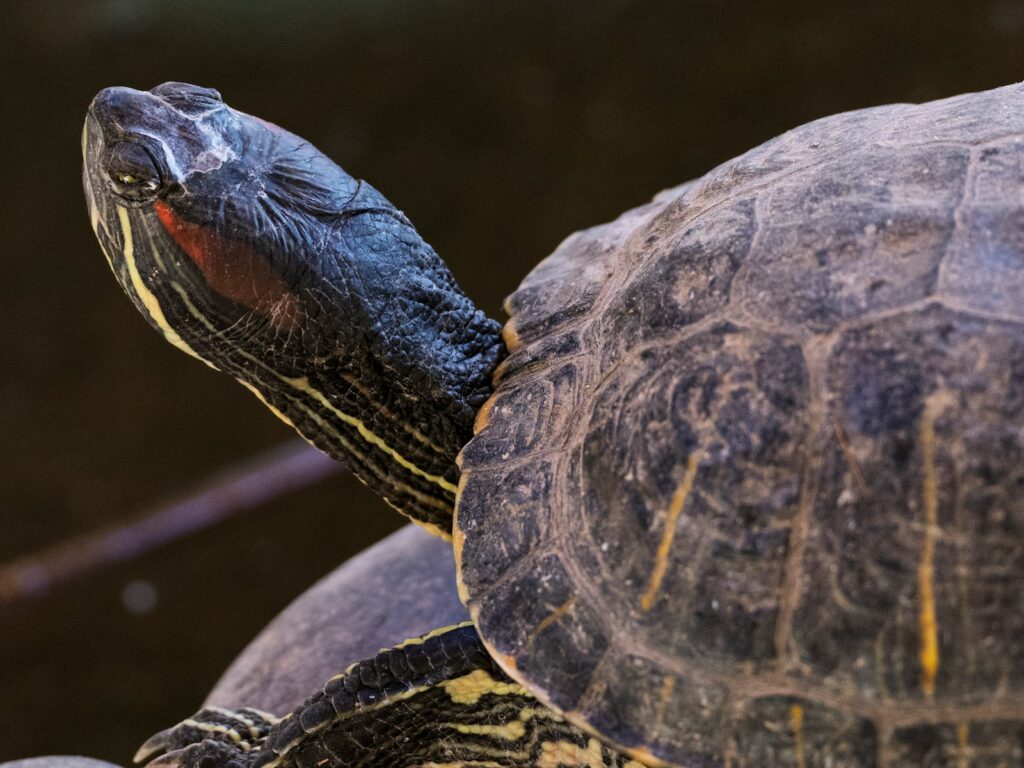
Keeping your reptile active and engaged requires thoughtful consideration of their natural behaviors, specialized needs, and individual preferences. Through proper habitat design, environmental enrichment, appropriate handling, and stimulating activities, you can provide a captive environment that promotes physical health and psychological well-being. Remember that enrichment should always enhance your reptile’s natural behaviors rather than force unnatural ones. By investing time in understanding and implementing these strategies, you’ll not only improve your reptile’s quality of life but also deepen your appreciation for these fascinating creatures and strengthen the unique bond between you and your scaly companion.

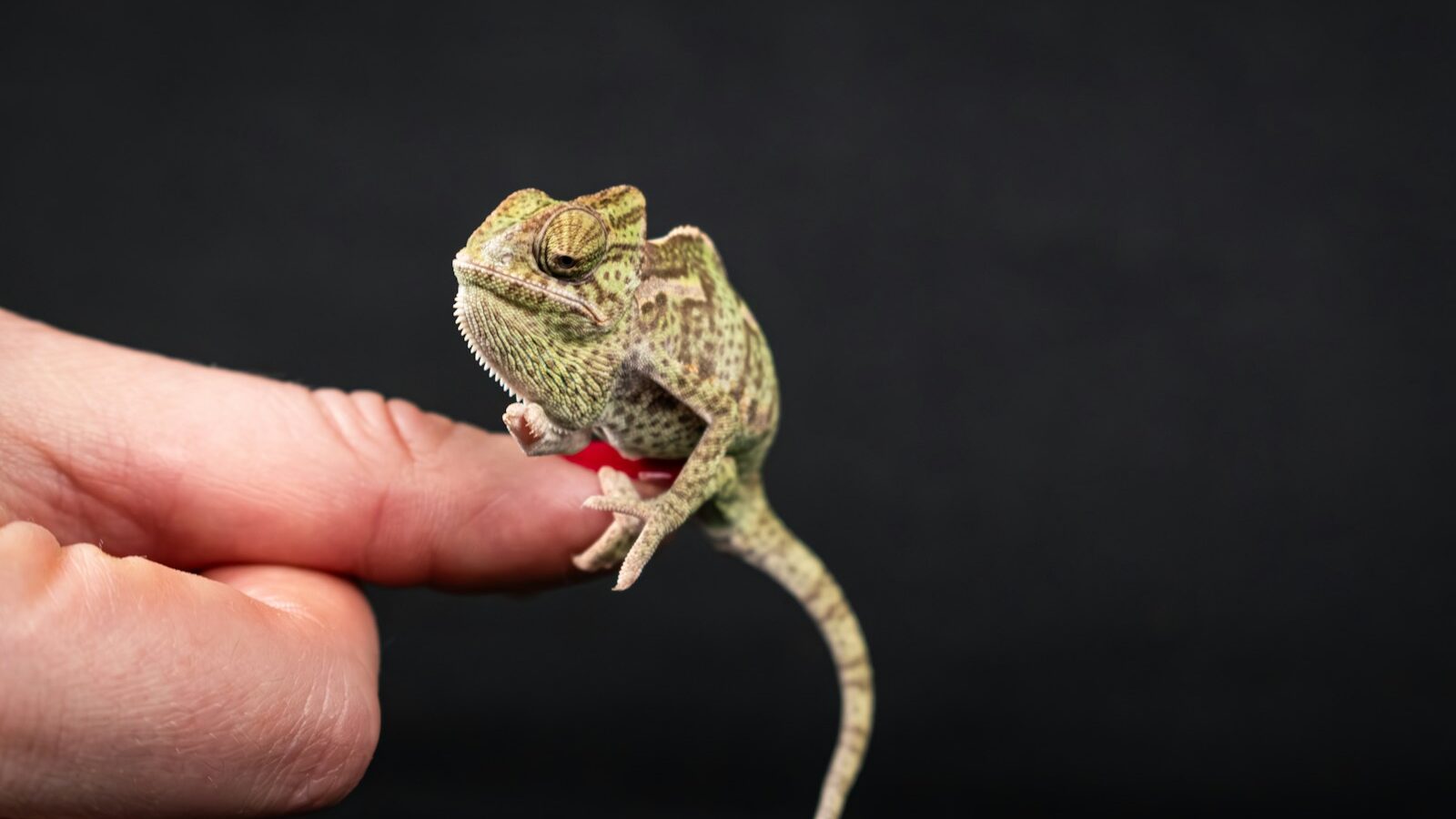







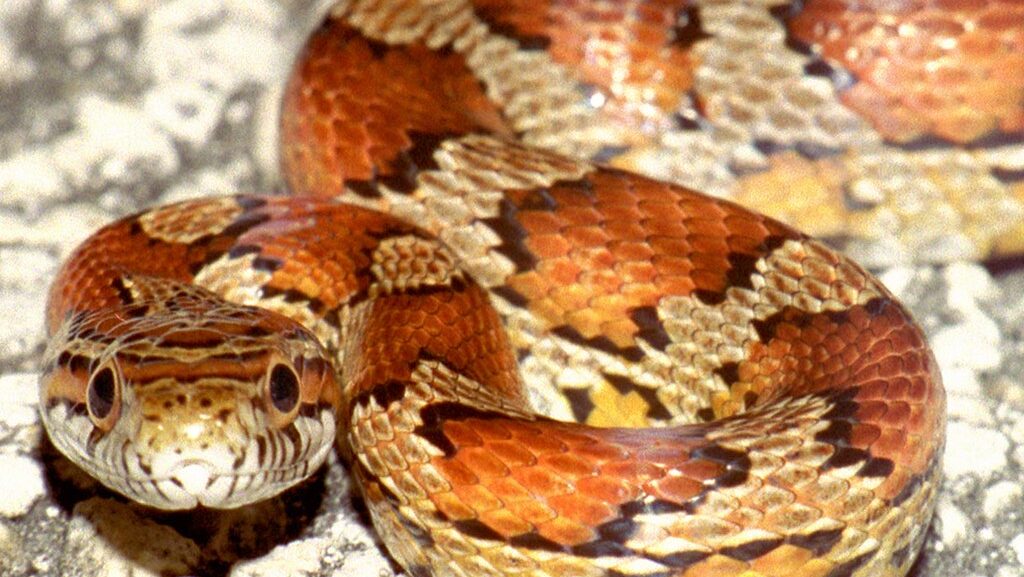
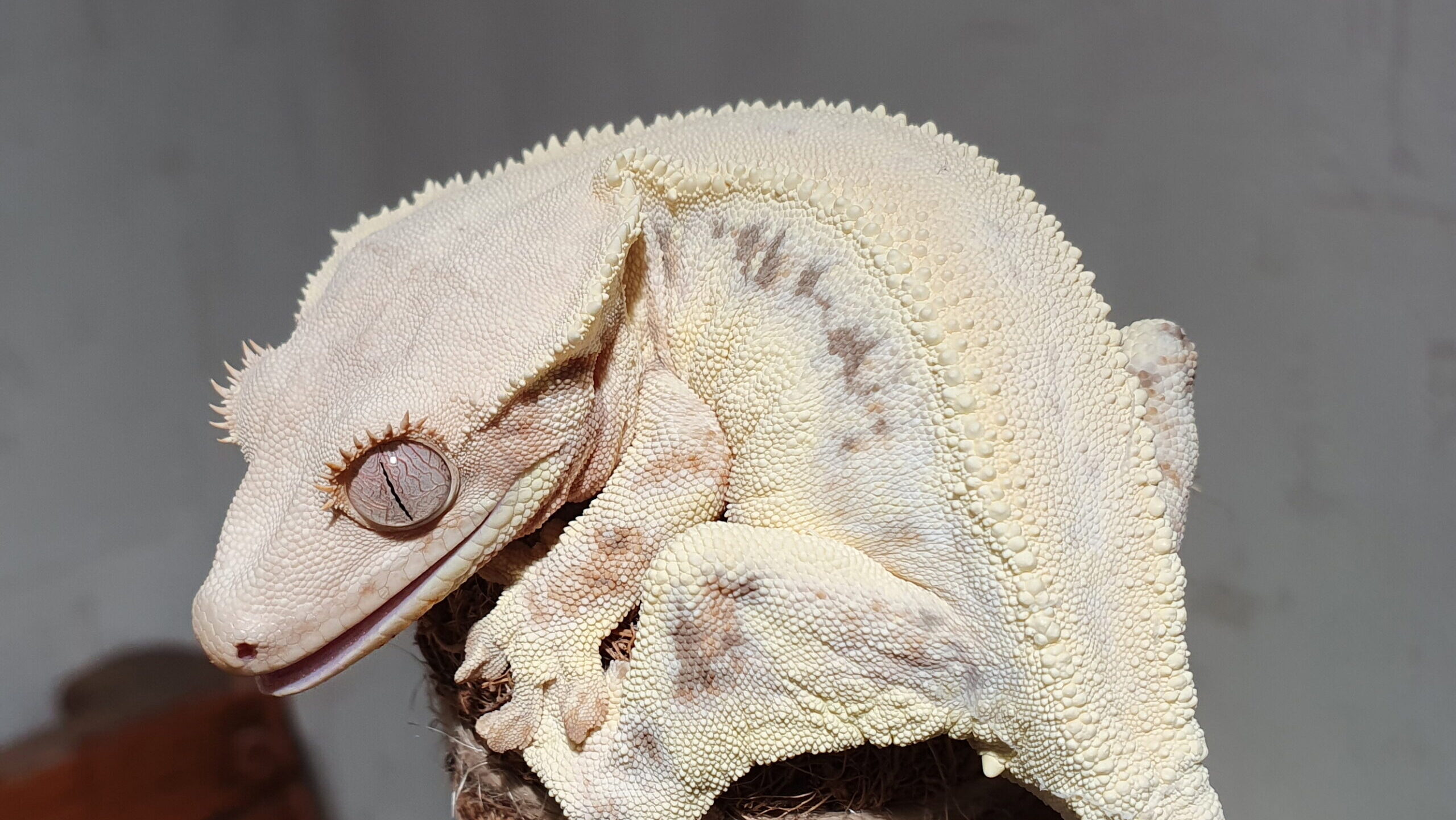





Leave a Reply